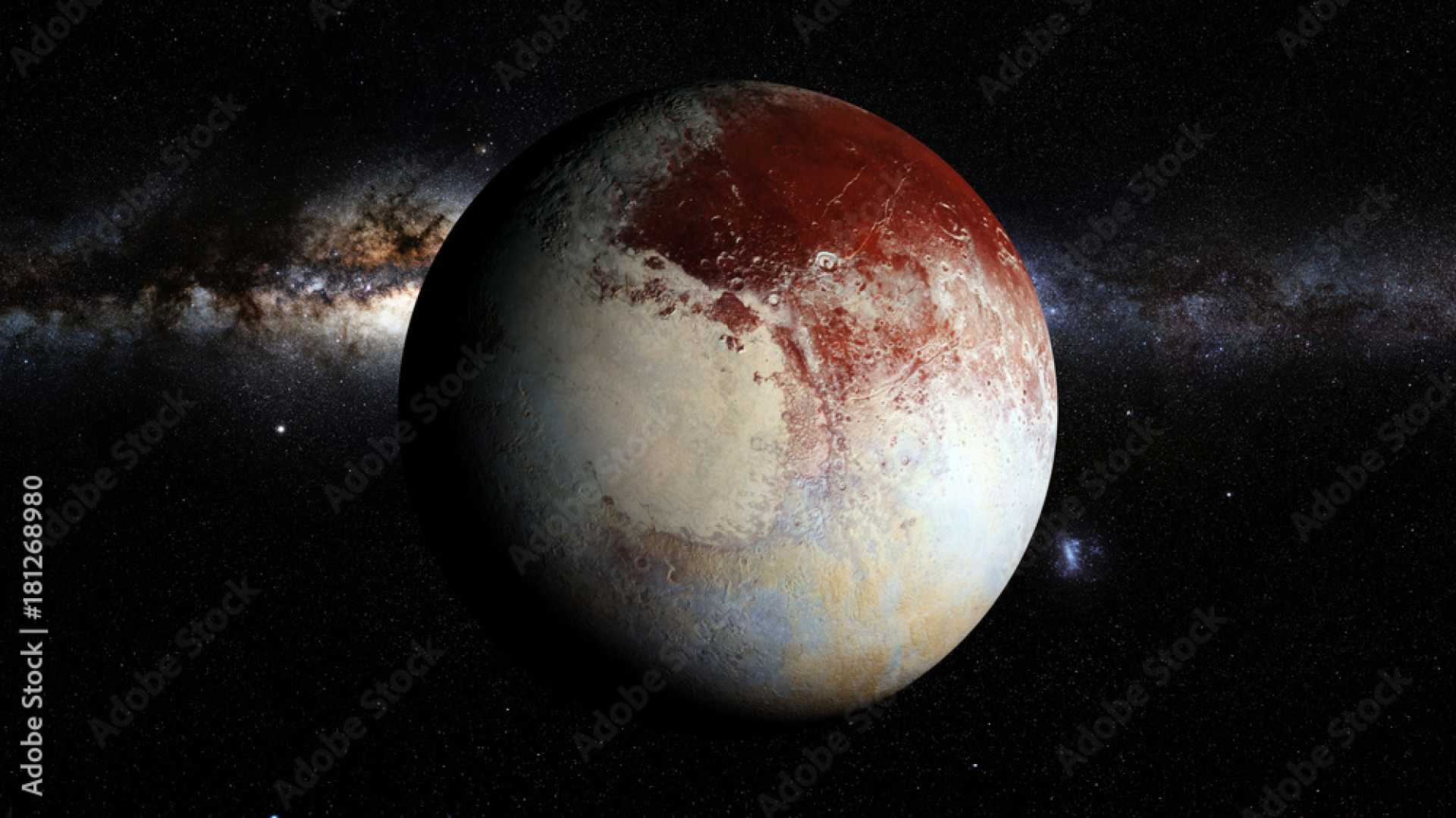News
Pluto’s Planet-Hood Celebrated on 95th Anniversary of Its Discovery

FLAGSTAFF, Arizona — March 13 marks the 95th anniversary of Pluto’s discovery, once celebrated as the solar system’s ninth planet. The celestial body was initially identified by Clyde Tombaugh at the Lowell Observatory in 1930, captivating the astronomical community.
The search for Pluto began decades earlier, led by astronomer Percival Lowell who speculated about a distant planet based on the behavior of other celestial objects. Although he passed away in 1916 without confirming its existence, his theories lay the groundwork for later discoveries.
Using a technique called blink comparison, Tombaugh meticulously compared pairs of photographic images of the night sky taken several nights apart. This method allowed him to detect subtle movements, ultimately leading to the identification of Pluto in February 1930. The announcement was made public a month later, and for generations, Pluto was included in the mnemonic for remembering the order of planets: “My Very Educated Mother Just Served Us Nine Pizzas.”
Measuring only 1,477 miles in diameter, Pluto is roughly one-fifth the width of Earth and is made up predominantly of ice and rock. It orbits the Sun at an average distance of 3.7 million miles, with a highly eccentric and tilted trajectory. Pluto’s atmosphere is primarily composed of methane, nitrogen, and carbon monoxide, with surface temperatures ranging from -378 to -396 degrees Fahrenheit.
NASA‘s New Horizons mission, which flew by Pluto in 2015, provided valuable data indicating that Pluto may contain a subsurface ocean beneath its icy crust. The dwarf planet is known to have five moons: Charon, Nix, Hydra, Kerberos, and Styx, all named after figures from Greek mythology associated with the underworld.
Despite its rich history and exploration, Pluto’s status as a planet was severely contested. In 2006, the International Astronomical Union (IAU) reclassified Pluto as a dwarf planet during an assembly in Prague. A key reason for this demotion was that Pluto did not meet one of the three newly established criteria for planet classification.
This decision sparked public outcry and debate among astronomers. Michael Brown, a CalTech astronomer instrumental in Pluto’s reclassification, later authored a book titled “Why I Killed Pluto and Why It Had It Coming,” reflecting on the controversy surrounding the demotion.
Clyde Tombaugh passed away in 1997, having lived through the transition of Pluto from planet to dwarf planet. The legacy of his discovery remains enduring, as Pluto continues to captivate scientists and stargazers alike, reigniting discussions about what it means to be a planet in our solar system.












